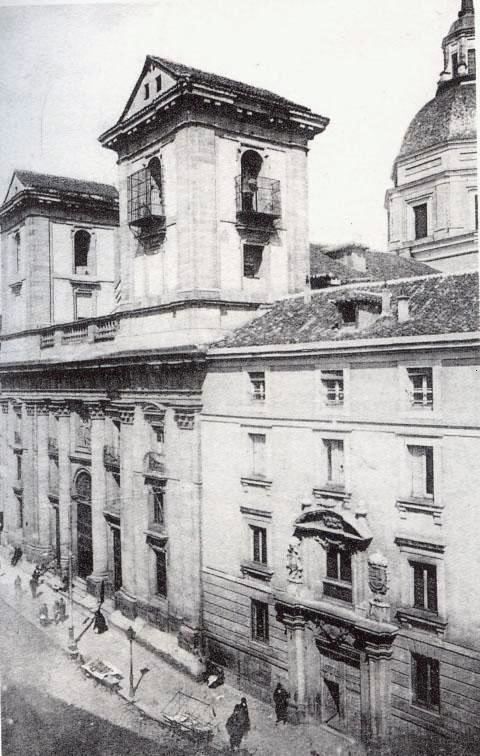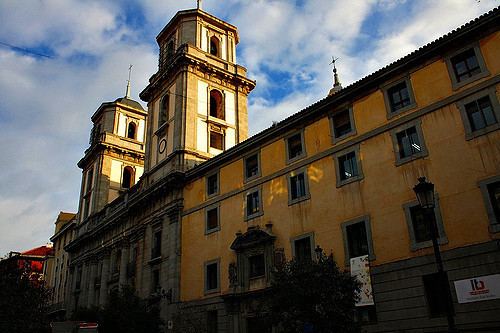 | ||
Similar Complutense University, University of Alcalá, Colegio de Santa Cruz de Tlatelo, University of Ingolstadt, Superior Technical School of | ||
Colegio Imperial de Madrid (also known as the Colegio Imperial de la Compañía de Jesús or El Colegio de San Pedro y San Pablo de la Compañía de Jesús en la Corte) nowadays Instituto San Isidro, was the name of a Jesuit educational institution in Madrid (Spain).
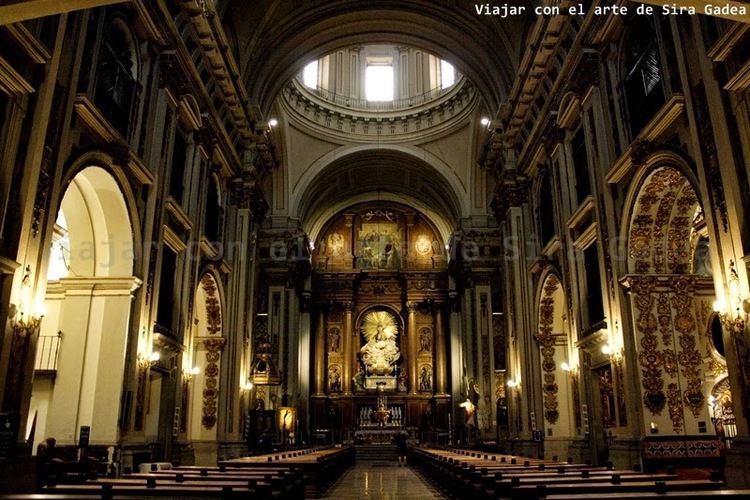
Founded at the end of the 16th century and reached its peak in the 17th century, acquiring the title of "Imperial College" thanks to the patronage of the Empress Maria, daughter of Charles V, Holy Roman Emperor and the wife of Maximilian II, Holy Roman Emperor. Philip IV of Spain is considered the founder of the Reales Estudios in 1625. Subjects included theology, philosophy, geography, and the sciences. Lope de Vega, Francisco de Quevedo and Pedro Calderón de la Barca are some of the most distinguished institution's alumni. The institution's library served as the most important one in Madrid until the 18th century, the large part of which is now shared by the Universidad Complutense y la Real Academia de la Historia.
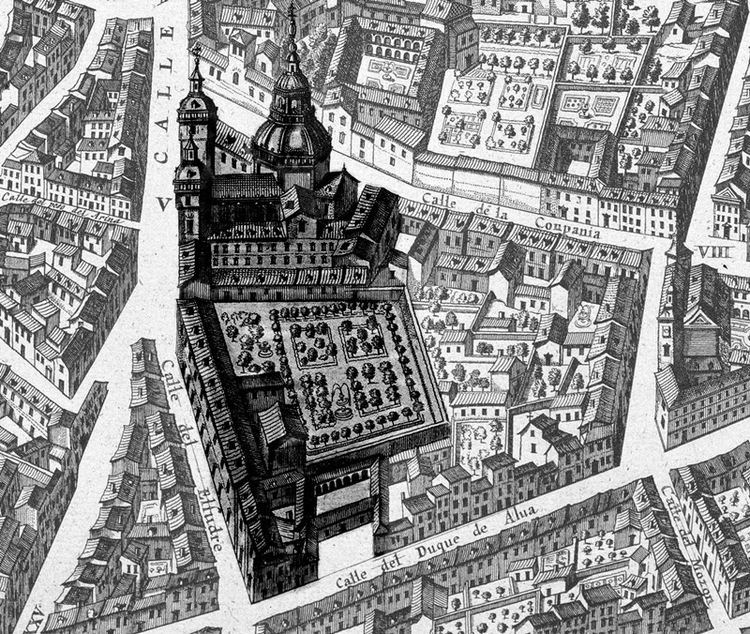
The historic Imperial College employed various distinguished teachers from all over Europe, including:

Later history
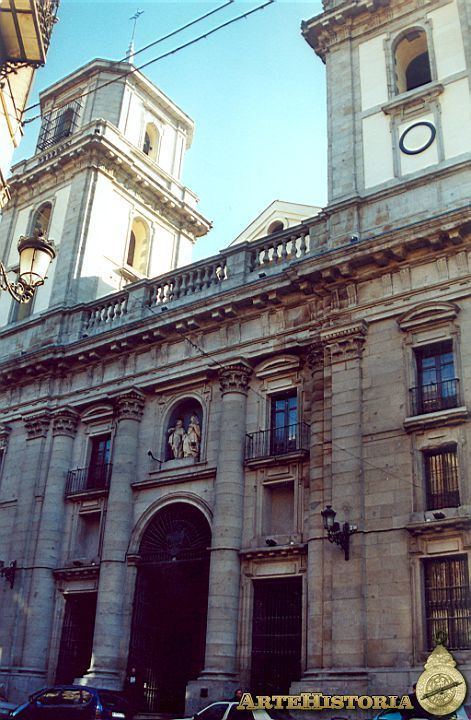
After the expulsion of the Jesuits from Spain (1767), king Charles III re-established the college as the Reales Estudios Superiores de Madrid (1770), a public institution. In 1787, by decree of the Chief Minister Floridablanca, the Reales Estudios were recognized at the level of University studies. After the Napoleonic wars, the Jesuits returned: 1816-1820 and 1823-1834 (during the Trienio Liberal they were kept off the school). In 1835, after the Royal Statute of 1834, the Society of Jesus was suppressed in Spain for the second time, while –more or less simultaneously– the Complutense University moved from Alcalá de Henares to Madrid. As a consequence, the college was re-founded again (1835) as a lay institution of secondary education, status that continues today. It was renamed Estudios Nacionales, incorporating as a preparatory school with the newly transferred Universidad de Madrid. Is in this period when most of the library, scientific and art collections of the old Imperial College transferred to the Complutense University. In 1845, by the new Constitution and the so-called Pidal's law, the network of National primary and secondary schools is established in Spain, managed by the central government through the Secretary (later Ministry) of National Education. Hence, the old Imperial College became the Instituto S. Isidro, a status that, with little changes, continues today. In 1999, as part of the decentralization process started with the Spanish Constitution of 1978, the property and management of the Instituto S. Isidro was transferred to the Autonoums Commonwealth of Madrid.

The historic baroque buildings in Calle Toledo 39 (built 1625, see picture) have been –and still are– used throughout the long history of the educational institution. The original college church, now Colegiata de San Isidro, was separated from the rest of the buildings in the 19th century, and became a parish church of the Madrid Archdiocese. During most of the 20th century, while the Almudena Cathedral was under construction, the Colegiata de San Isidro acted as the Cathedral of Madrid.

